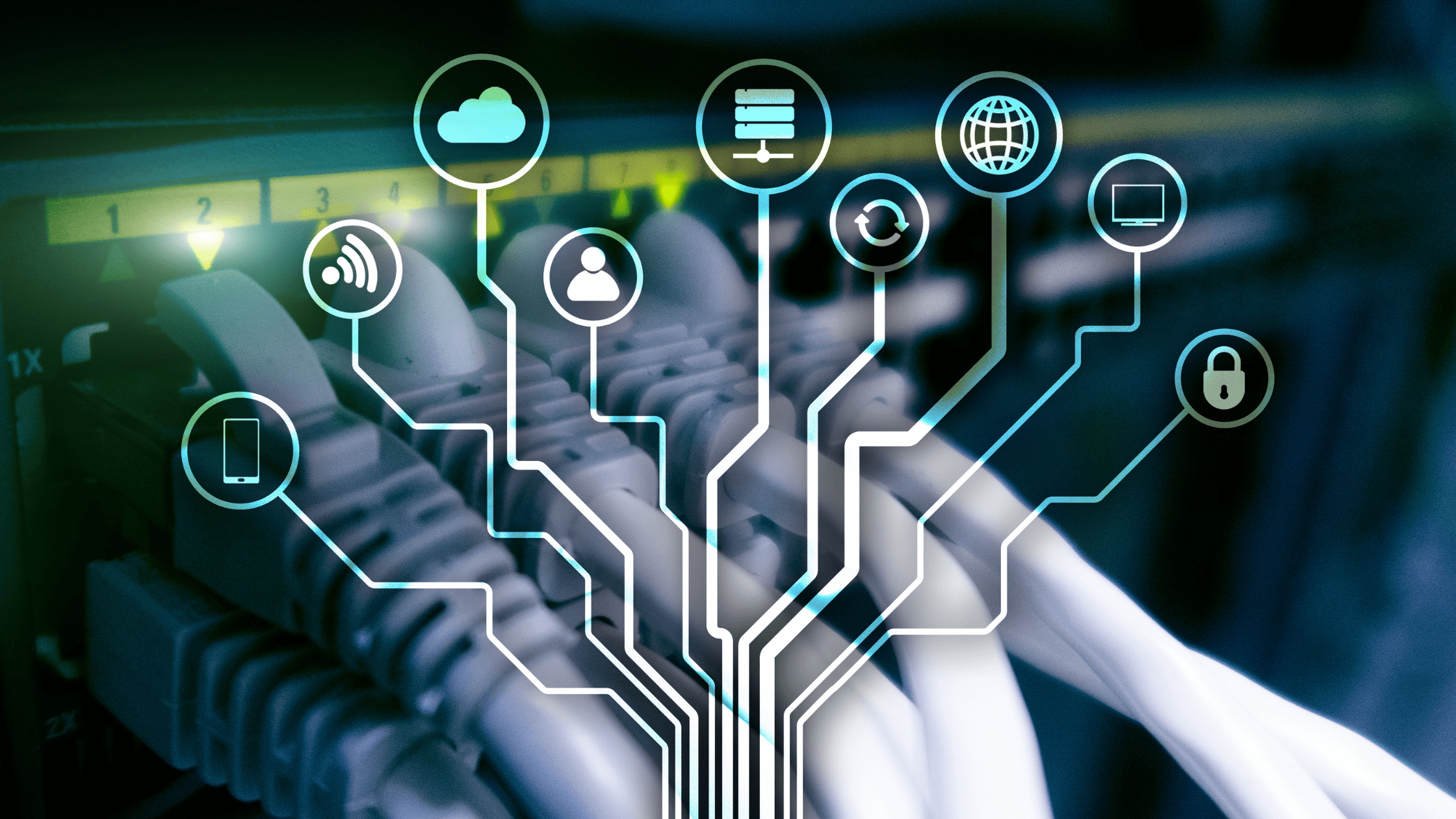Understanding the Differences Between Cat 5, Cat 6, and Cat 7 Cabling
Businesses rely heavily on networks to connect their computers, servers, and other devices. To achieve this, different types of Ethernet cables are used, such as category 5, category 6, and category 7. The type of cable used determines the network’s speed, quality, and bandwidth. Each cable has its advantages and disadvantages, and this blog post aims to define the differences between them, their uses and when they’re best applied.
Cat 5 Cabling
Category 5 (Cat 5) cabling is widely recognized as the most commonly used Ethernet cable in modern networking. Cat 5 offers a maximum data transmission rate of 100 megabits per second (Mbps) and is used primarily in both voice and data networks, proving to be an optimal choice for small businesses seeking a reliable and affordable solution to meet their networking needs. Operating within a bandwidth range of up to 100 megahertz (MHz), Cat 5 cables can adequately support numerous network tasks efficiently. Nonetheless, it should be acknowledged that due to their comparatively lower bandwidth, Cat 5 cables may not be suitable for high-speed applications that necessitate a broader data range. Despite this limitation, the versatile nature of Cat 5 cables makes them a practical and cost-effective choice for businesses with modest networking requirements.

Cat 6 Cabling
With a maximum bandwidth of 250 MHz, the Cat 6 cable excels in transmitting data at remarkable speeds of up to 1 Gbps (1000 Mbps) over a distance of 100 meters. This significantly enhances its suitability for businesses that rely on high-speed connections to perform data-intensive tasks or utilize bandwidth-rich applications. It’s worth noting that Cat 6 cabling ensures seamless backward compatibility with Cat 5, eliminating the need for businesses to undertake a complete network overhaul all at once. In summary, Cat 6 cables offer enhanced performance, greater data transmission efficiency, and increased flexibility, making them the optimal choice for businesses seeking to optimize their networking infrastructure.
Cat 7 Cabling

Cat 7 cabling stands as the most cutting-edge option available, widely regarded as the future of networking infrastructure. This high-speed cable offers exceptional performance, supporting speeds of up to 10 Gbps over distances extending up to 100 meters. Its remarkable shielding capabilities provide robust protection against interference caused by electromagnetic waves, ensuring reliable and uninterrupted data transmission. Moreover, with a bandwidth of 600 MHz, this cable guarantees optimal reliability, making it an ideal choice for businesses engaged in data-intensive tasks including video conferencing, media streaming, and various other bandwidth-intensive applications.
When each Cable is Best Used
When considering which Ethernet cable to use, businesses should look at their networking needs. For instance, if a business needs to network a few devices and has a limited budget, Cat 5 cabling is the best place to begin. On the other hand, businesses dominated by data transfer using bandwidth-intensive applications should consider Cat 6 or Cat 7. Bear in mind that adding new cables can be a hefty investment, so it’s vital to consider your future networking needs before installing any new cabling.
